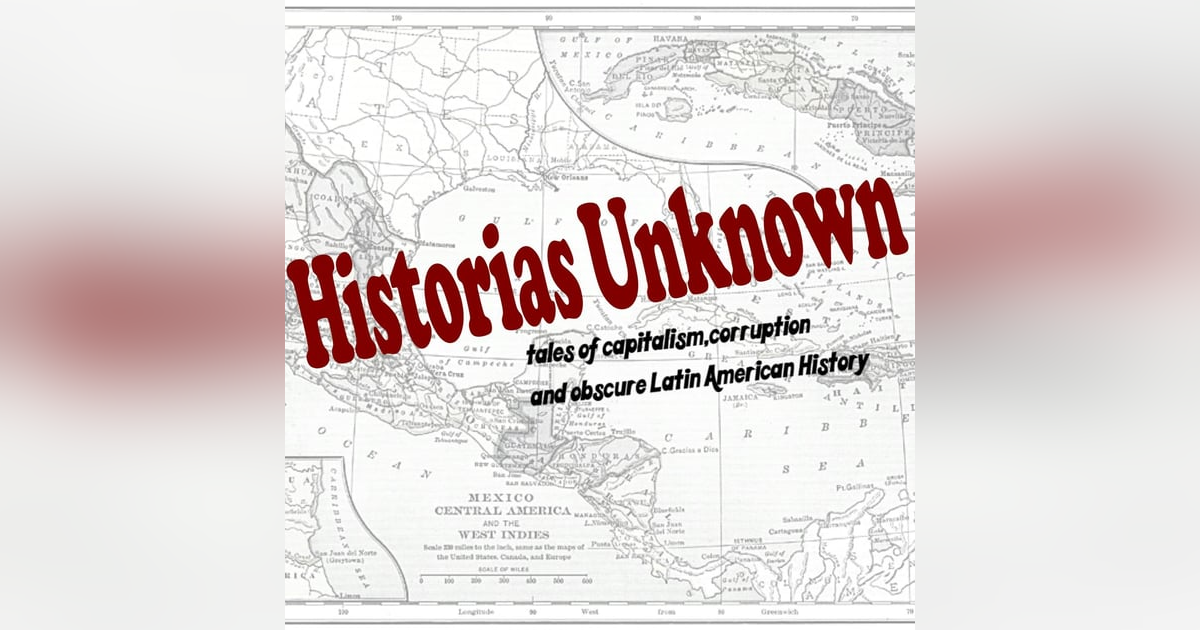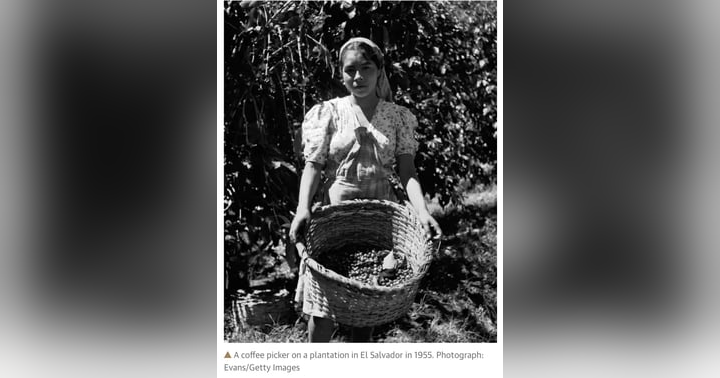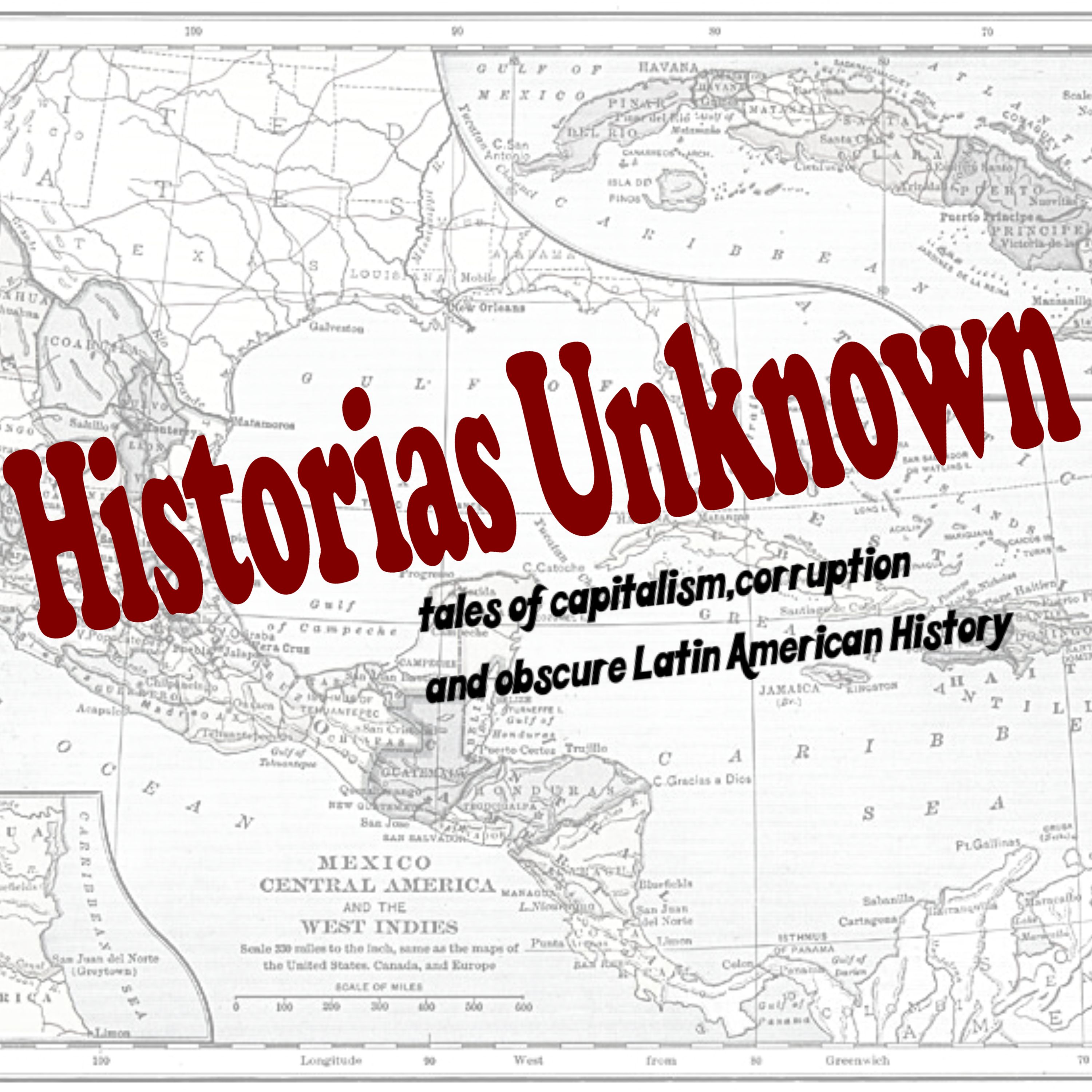The Battle of Chavez Ravine
Before it was Dodger Stadium, this part of Los Angeles was a Mexican community known as Chavez Ravine.
These neighborhoods were La Loma, Bishop and Palo Verde. By their own standards, these three neighborhoods were thriving, but the rest of LA considered them the slums. They had their own church, their elementary school, they knew how to organize and they were raising their families. They were homeowners that had to build their homes, because other LA neighborhoods did not want them there.
Unknown to the people of Chavez Ravine, a man named Frank Wilkinson, who worked for the Los Angeles Housing Authority, was advocating to turn their neighborhood into the Elysian Park Heights, a new public housing development. Elysian Park was planned to take up 54 acres and would include 24 thirteen story buildings and 163 1 story buildings, which would provide 3,600 new low cost apartments. In order for Elysian Park Heights to happen, the neighborhoods of La Loma, Bishop and Palo Verde would be destroyed.
In 1951, Frank Wilkinson and the Los Angeles Housing Authority were able to slate the Chavez Ravine for redevelopment and sent official letters to the residents of La Loma, Bishop and Palo Verde. When the people of Chavez Ravine checked their mail, they found these letters, informing them there homes would be destroyed, but they would be eligible to apply to live in the Elysian Park Heights first. Most of these families did not meet the eligibility requirements, because they were undocumented. As time passed, many took low offers for their homes, in fear of not receiving any payments and the neighborhoods decreased in size.
The Elysian Park Heights project was abandoned. It was too expensive to complete and an anti-communist sentiment was growing; this project was considered too communist.
At the time, La Loma, Palo Verde and Bishop appeared almost as a ghost town, it was no longer home to 300 plus families, by 1958, only 20 families remained.
The LA city council tried to cancel the public housing contract but the federal government did not allow it. In 1953, a new mayor was elected and he ran on the promise to get rid of the housing project and other unamerican projects and he bought the land back from the federal government as this was now public land, and it was up for sale. It just had one catch, whatever this was to be, it had to be used to serve the public. LA was on the hunt for a major sports team to house and they were looking at the Brooklyn Dodgers. The Dodgers owner, Walter O'Malley agreed on the contingency that a new stadium would be built and they struck a deal where they purchased the area of Chavez Ravine, for a fraction of what the public housing authority had spent for the Elysian Park Heights. On May 8th, 1958, the city approved the referendum that would officially give Walter O’Malley ownership of the land and the next day, police arrived to evict the remaining families. The families were dragged out of their homes, cuffed and some were arrested.
On April 10th, 1962, the Dodger Stadium officially opened and thousands flocked to watch the game and admire the stadium.
The families and their homes long forgotten. Forgotten to all, except the families that had been removed.
Sources
Stealing Home: Los Angeles, the Dodgers and the Lives Caught in Between by Eric Nusbaum
https://www.zinnedproject.org/materials/chavez-ravine














